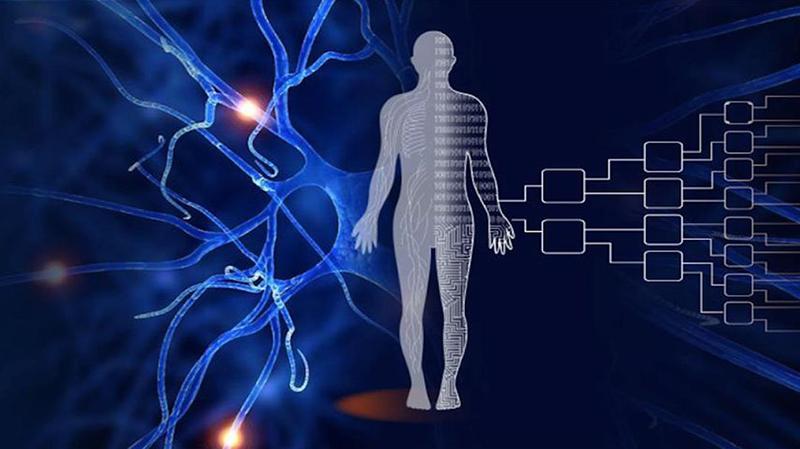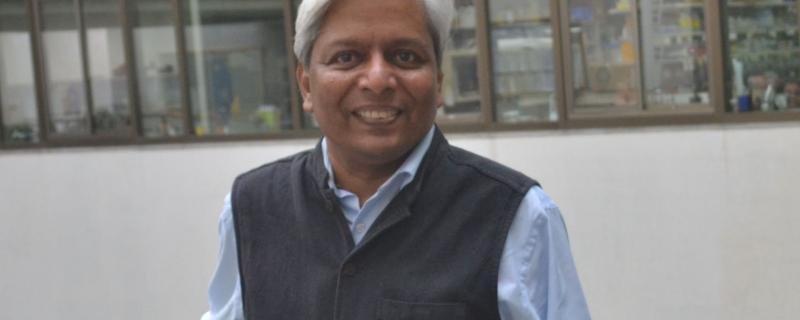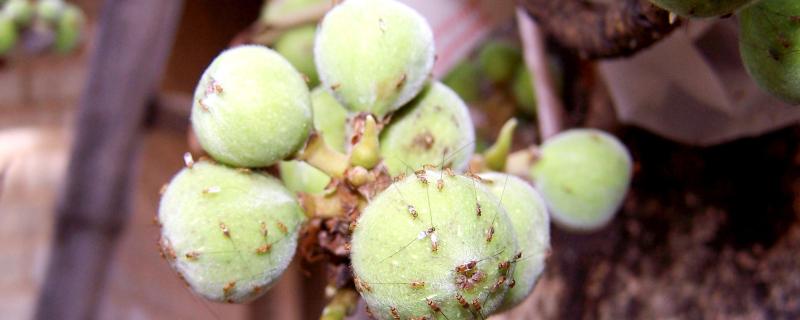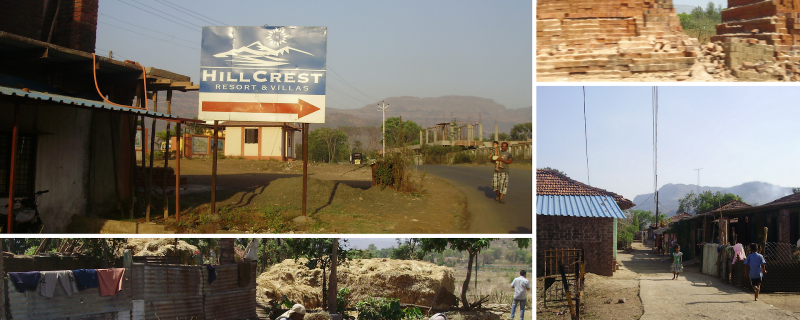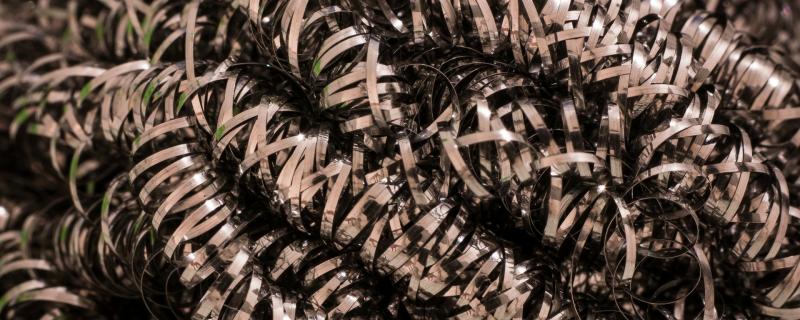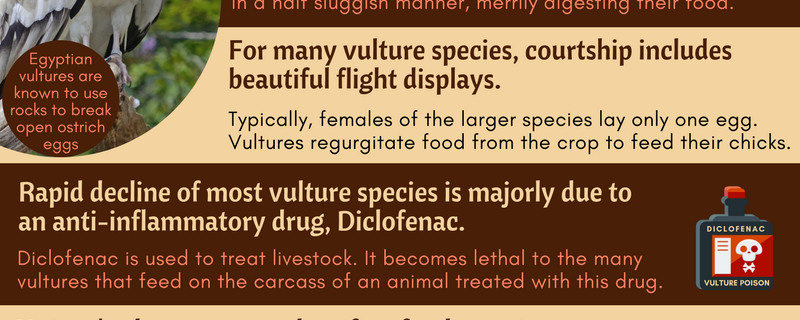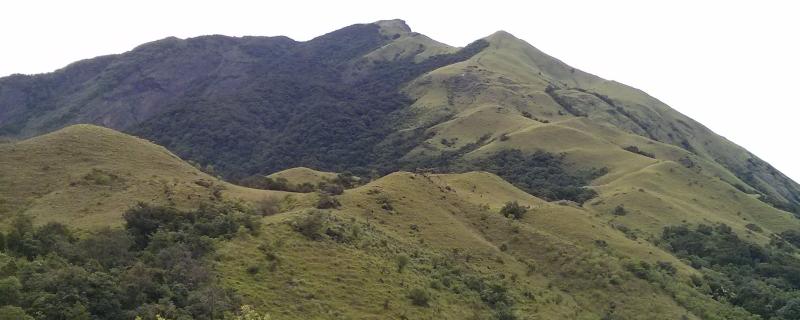After the devastating Tsunami in 2004, various measures have been taken by the Government of India to be more prepared in the future. Indian Tsunami Early Warning System (ITEWS) is one such effort undertaken by Indian National Centre for Ocean Information Services (INCOIS).
Archives
On the 26th of March, 2018, Prof. K VijayRaghavan, ex-Secretary, Department of Biotechnology (DBT), and ex-Director of the National Centre for Biological Sciences (NCBS), was appointed the Principal Scientific Adviser to the Government of India. He succeeds Dr. R. Chidambaram and is expected to assume the office shortly.
Latest research from the Indian Institute of Science, Bangalore, demonstrates how chemical interactions take place between wasps and fig trees and the tussle between pollinating and non pollinating wasps.
Let us take a moment to imagine that we are suffering from immunosuppression—our immune system is becoming weaker, and its efficacy is decreasing. Isn't it disturbing to know that the body is now prone to all kinds of diseases?
Urban-rural transition zones are a breeding ground for unexpected changes in resources and livelihood, shows study from IIT Bombay
Microbial Fuel Cells (MFCs) are bio-electrochemical devices that use the power of respiring microbes to convert organic matter into electrical energy. Thus, they can help treat wastewater and also generate electricity. Realising the vast potential these cells have, scientists are finding ways to improve their performance and efficiency.
Doing our dirty jobs of clearing animal carcass for generations, extraordinary scavenging birds of prey, the vultures, deserve our gratitude and attention.
ಪಶ್ಚಿಮ ಘಟ್ಟ ಶ್ರೇಣಿ ವ್ಯಾಪ್ತಿಯಲ್ಲಿ ಇತ್ತೀಚಿನ ವರ್ಷಗಳಲ್ಲಿ ಹೆಚ್ಚಿದ ಮಾನವ ಚಟುವಟಿಕೆಗಳು ಈ ಹಚ್ಚ ಹಸುರಿನ ಕಾಡುಗಳ ಉಳಿವಿಗೆ ಬೆದರಿಕೆ ಒಡ್ಡುತ್ತಿವೆ. ಇಂತಹ ಬದಲಾವಣೆಗಳನ್ನು ನಿಖರವಾಗಿ ತಿಳಿಯಲು ಸಂಶೋಧಕರು 40 ವರ್ಷಗಳಲ್ಲಿ ಸಸ್ಯವರ್ಗದ ಹೊದಿಕೆಯಲ್ಲಾದ ಬದಲಾವಣೆಗಳನ್ನು ಅಧ್ಯಯನ ಮಾಡಿದ್ದಾರೆ.
Shola grasslands are a unique habitats of the Western ghats that are under threat from many factors. In a recent collaborative study, scientists explore what are the major threats to this habitat.
In a new study, researchers have developed a low-cost and eco-friendly method to extract gold from electronic waste using the leaves of the plant Lagerstroemia speciosa, commonly called the Pride of India.
